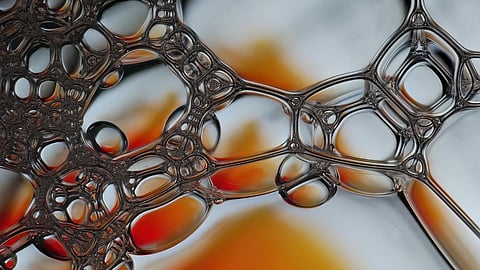Lipopeptides are usually categorized into three classes. They are surfactin, fengycin, and iturin. Surfactin and fengycin have antifungal and immune-modulating activities, whereas iturin has bactericidal activity. Because of these properties, it can be used to improve food quality.
Applications of biosurfactants:
It can be used as an emulsifier to improve the stability and texture of food products, a lubricant to provide smooth flow, a foamer to help in forming and stabilizing foam in beverages, a disperser to evenly distribute the flavoring agent, and for moisture retention, and to improve the shelf life of food products with its antimicrobial properties.
Limitations of biosurfactants:
1. Variability in the production of microbial strains
2. Scalability in the fermentation process
3. Purification costs
4. Lack of regulatory standards to secure safety and efficacy
REFERENCES:
1. Safe microbial substitute can replace synthetic surfactants in the food industry. (n.d.). https://pib.gov.in/PressRelease
2. Roy, A., Khan, M. R., & Mukherjee, A. K. (2024). Recent advances in the application of microbial biosurfactants in food industries: Opportunities and challenges. Food Control, 163, 110465. https://doi.org/10.1016/j.foodcont.2024.110465
3. Lopez, Z. (n.d.). Microbial biosurfactants: Green alternatives for industrial applications in bioremediation and food processing. www.alliedacademies.org. https://doi.org/10.35841/aamcr-8.1.191
(Input from various sources)
(Rehash/Dr. Siddiqua Parveen/MSM)


